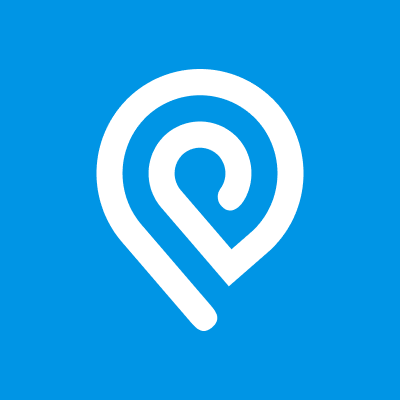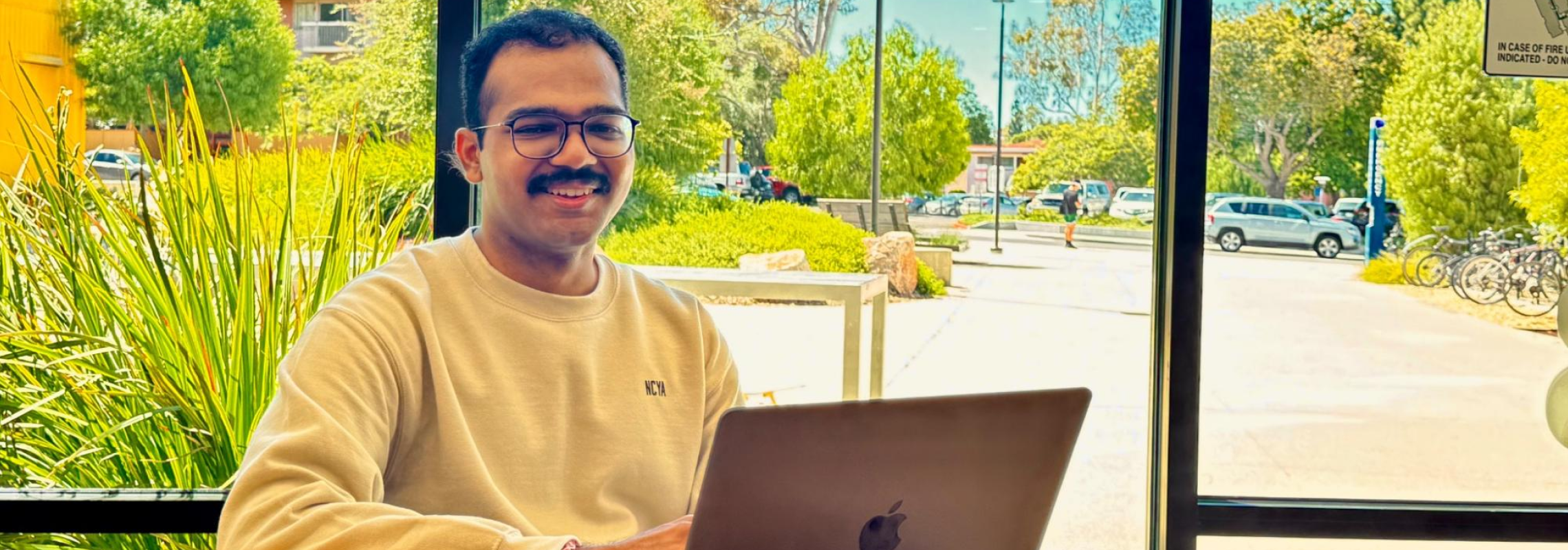Hi everyone! I'm Alagappan, a fourth-year PhD student in the Department of Computer Science at the University of California, Irvine, where I'm advised by Professor Sangeetha Abdu Jyothi. My research focuses on Internet measurements, specifically wide-area Internet measurements, where I work to understand the dependencies and impact of external factors across multiple layers of the Internet.
My path to Internet measurements wasn't exactly linear (is anyone's ever?). Before my PhD, I did my undergraduate in Electronics and Communication and was a software engineer at Cisco, working in what felt like completely different worlds – computer vision, Internet of Things, and computer networks. When I was applying to PhD programs, Internet measurements wasn't even on my radar. But as I was about to start my program, my advisor was exploring this exciting new research direction in measurements, and I decided to jump on the bandwagon. Fast forward to today, and here I am – still on that same bandwagon, but now it's become my research home!
With graduation approaching in the next few years, I started thinking about how my research might translate beyond academia. That's what drew me to IPinfo. The work here aligns perfectly with my research focus, offering the ideal opportunity to bridge that often-mysterious industry-academic gap. Plus, who doesn't want to see their research actually make it into the real world?
What I'm Working On
My project focuses on developing ways to identify anomalies that plague our understanding of Internet topology. Think of it like being a detective for the Internet: I'm hunting down inconsistencies and oddities that distort our view of how the Internet is actually structured. My job is to not only spot these anomalies but also figure out how to fix them. This work is crucial because when we account for these anomalies, we get a much clearer and more accurate picture of what the Internet topology actually looks like. It's like cleaning smudges off your glasses – suddenly everything becomes much sharper!
My Day at Work
Since this is a remote internship, my "commute" consists of the highly technical process of walking from my bedroom to my table. On days when I'm feeling particularly adventurous, I'll set up shop in my apartment's community center workspace, which at least gives me the illusion of being a proper working professional.
Morning (8:30 - 10:00 AM): I started my day with breakfast – nothing too fancy, just enough fuel to get the brain running. The timing varies depending on our global team meetings (having colleagues across multiple time zones means someone's always half asleep at an ungodly hour), but today was a more civilized 8:30 AM start. Before diving into work, I planned out my tasks for the day based on what was most urgent and important. It's amazing how productive you can be when you actually know what you're supposed to be doing!
First Focused Work Session (10:00 AM - 1:00 PM): This was my main deep-work block of the day. I had just finished generating a workflow for a specific task, so my next challenge was performing a cost analysis to estimate what it would actually cost to scale this workflow up. It's one thing to make something work in a research setting, but it's a whole different beast when you start thinking about real-world deployment costs and what choices are actually pragmatic versus just theoretically elegant.
After wrapping up the cost analysis, I switched gears to work on a different task. I find that having multiple tasks going helps keep things interesting. When you hit a wall on one problem, you can pivot to another and often come back with fresh eyes.

Lunch Break & Walk (1:00 - 2:30 PM): Time for my lunch! Today I decided to experiment with an Indian fusion dish, and I'm happy to report it turned out great. After lunch, I took a short walk while listening to music. The afternoon warmth here in California actually reminds me of the climate back home, which is a nice little comfort during the workday.
Second Focused Work Session (2:30 - 5:00 PM): The afternoon session was dedicated to documentation and planning. I spent time documenting my cost analysis from the morning. I also identified what tasks were pending for the next day, because future-me always appreciates when present-me is organized.
Throughout both work sessions, I made sure to take 15-20 minute breaks every hour or two. Sometimes I'd catch up on tech news, sometimes just random videos about whatever caught my interest. It's amazing how a short mental break can help you see a problem from a completely different angle.
Takeaways So Far
One of the most eye-opening aspects of this internship has been learning to handle complex datasets at industry scale. As a PhD student, I'm used to working with data, but the industry perspective on trade-offs is fascinating. Every decision has to be weighed not just for correctness, but for scalability, cost, and real-world practicality. Moreover, it's one thing to publish a paper, but seeing your work potentially impact real users at scale is incredibly satisfying.
Another unexpected bonus has been joining company-wide meetings and getting insights into how various teams function within the organization. It's given me a much better appreciation for how each team contributes in their own unique way to the bigger picture. Academic research can sometimes feel like you're working in isolation, so seeing how research integrates with product and business teams has been really valuable.
About the author

Internet Data Expert
